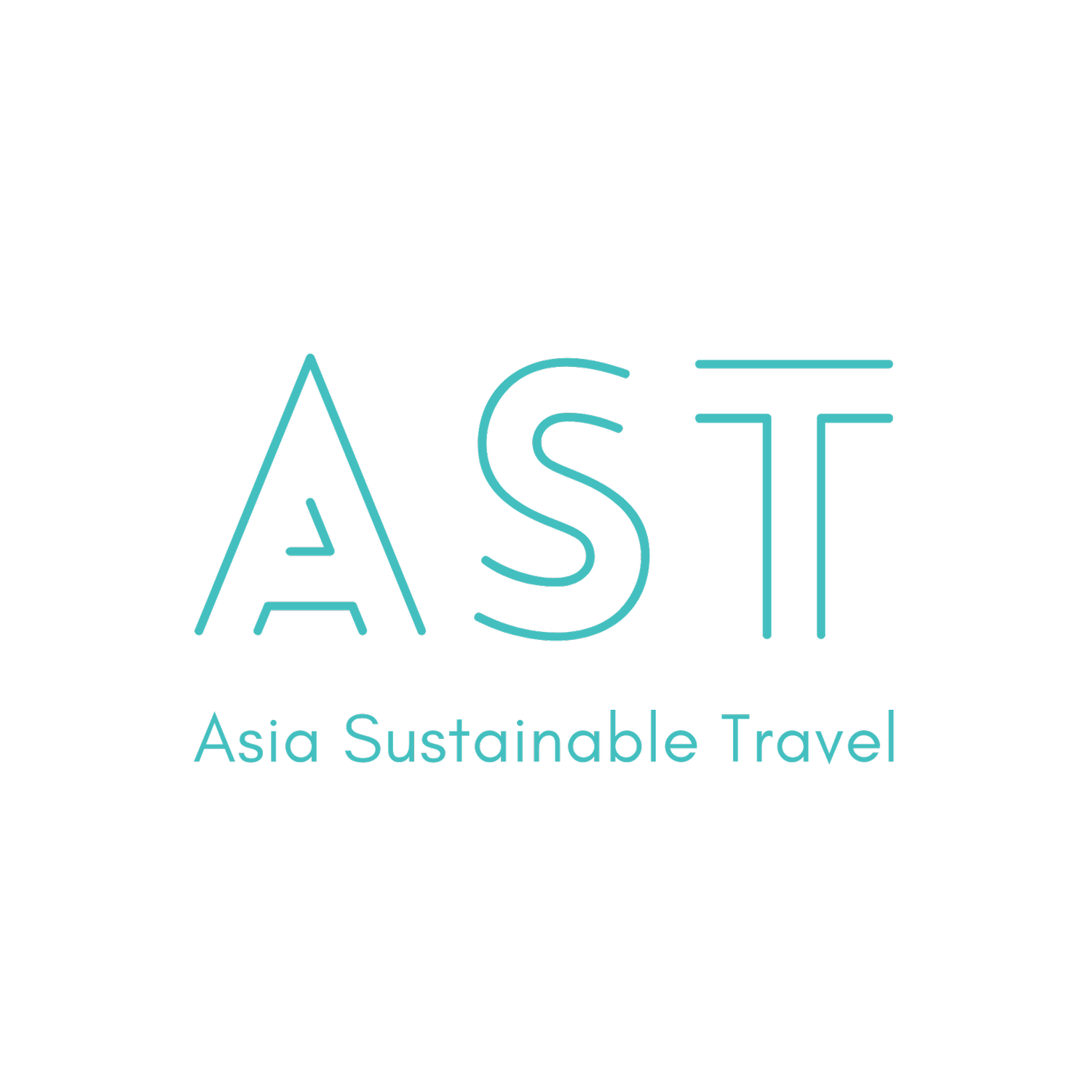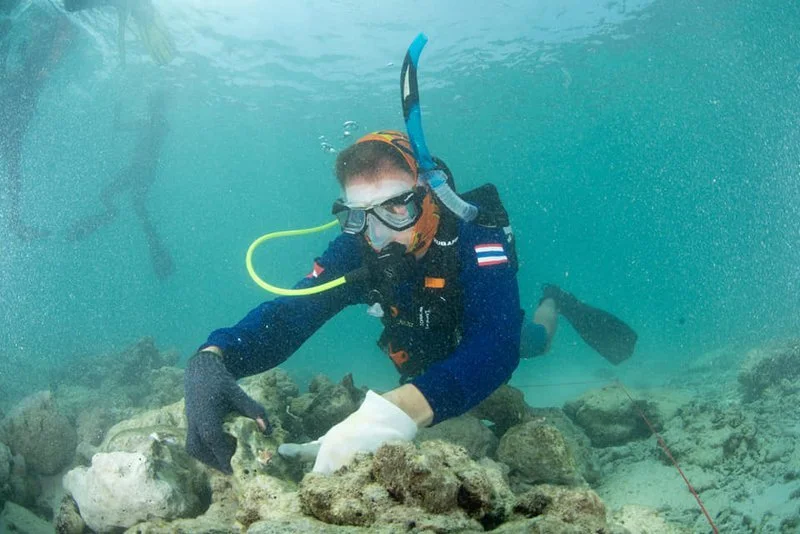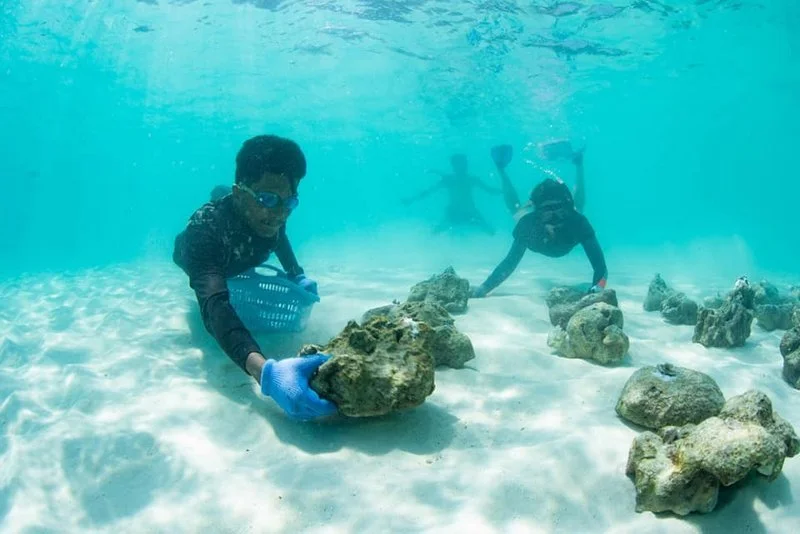From Awe to Overload: How Asia’s Popular Destinations Are Handling Overtourism
L: Overcrowding in a Kyoto’s tourist site, photo by: The Japan Times. R: A crowded beach in Bali, photo by: The Bali Sun.
State of Play
Recent media headlines highlight local residents of European destinations protesting against overtourism and its adverse effects on housing, natural resources, and life quality.
Asian countries, reopening for tourism later than Europe post-COVID-19, have seen overtourism in popular destinations like Bali, Phuket, and key tourist hotspots in Japan.
However, experts advise defining overtourism beyond physical carrying capacity to include environmental and social carrying capacities, to factor in the long-term ecological damage and community tolerance levels.
Big Picture: Whose Fault Is It for Pumping up the ‘Awe’ industry?
Overtourism is a complex issue that involves many stakeholders. Multiple parties in the tourist economy play a role in driving up overtourism.
Governments and municipal governments aggressively promote tourism to boost economic growth without properly planning for the environmental and social consequences. This leads to inadequate infrastructure and regulations for responsibly managing the influx of visitors.
Tourism businesses, many motivated by profit, often push for high volumes through low-cost packages and aggressive marketing.
Tourists contribute to the problem by favoring popular places, aggregated by social media and disregarding responsible travel behaviors, which pressure local resources and ecosystems. Chandran Nair, founder of the Global Institute For Tomorrow, criticizes this sense of entitlement to awe, which he argues leads to environmental degradation.
The role of social media and its algorithms in highlighting specific destinations also disproportionately highlight certain destinations, leading to a surge in visitor numbers beyond what those destinations can handle. Our previous reports explore how phenomena like KWave contribute to overtourism and the potential of de-influencing as a response.
L: K-pop girl group NMIXX completed their debut fan concert tour in Macau, photo by: JYP Entertainment. R: Overcrowding in China’s Great Walls, photo by: Reuters
Remedy: Butler’s Tourism Area Life Cycle
To tackle today’s overtourism challenges, experts suggest referring to The Tourism Area Life Cycle (TALC) model, developed by Professor Richard W. Butler, which outlines the evolutionary stages of tourist destinations. Understanding these stages helps manage tourism sustainably, encouraging destinations to rejuvenate through diversified attractions, improved infrastructure, and sustainable practices.
This model identifies six phases: exploration, involvement, development, consolidation, stagnation, and post-stagnation, which can lead to either rejuvenation or decline.
Graphic by: BBC
1. Exploration
At this stage, only a few adventurous tourists discover a destination, attracted by its unspoiled nature and cultural authenticity. The impact on the local community and environment is minimal. Socotra, Yemen is known for its unique biodiversity and minimal tourist infrastructure. Only a handful adventurous travelers visit, primarily attracted by its untouched natural beauty.
2. Involvement
Word begins to spread, drawing more tourists to the destination. Local services start to be offered, and infrastructure is getting built to accommodate an increasing number of visitors.
Ninh Binh, Vietnam was initially known only to backpackers and adventure tourists. This destination has begun to attract more visitors as words spread about its stunning landscapes and cultural sites on social media as of late.
L: Socotra, Yemen, photo by: Andrew Svk. R: Ninh Binh, Vietnam, photo by: Constant Loubier.
3. Development
Significant investment and marketing efforts lead to a tourism boom. Infrastructure and facilities are extensively built, often resulting in significant changes to the local environment and lifestyle.
Leading up to 2020 before the COVID-19 pandemic, Coron and El Nido in the Philippines saw significant infrastructure investment and also marketing campaigns that led to a tourism boom. This resulted in extensive changes to local lifestyles and environments.
4. Consolidation
The destination reaches its peak number of visitors. Tourism becomes a key economic driver, but the destination faces challenges such as environmental degradation and cultural dilution.
Siem Reap, Cambodia, and Kyoto, Japan face challenges like overcrowded sites and disruption in the life of local residents while continuing to double down tourism as a major economic driver.
L: El Nido Tourism Board Marketing Campaign Ad, photo by: El Nido Tourism Board. R: Angkor Temple Complex, photo by Ikonya / Getty Images.
5. Stagnation
Visitor growth levels off. The destination is troubled by issues of overcapacity, environmental stress, and decreasing tourist satisfaction.
Ha Long Bay, Vietnam has been plagued by plastic waste largely due to overcapacity, leading to severe environmental degradation and turning away both tourists and fishermen.
6. Post-Stagnation
The destination will either rejuvenate through sustainable practices and innovation or decline due to persistent problems. Rejuvenation involves diversifying attractions, improving infrastructure, and adopting sustainable tourism practices to ensure long-term viability.
After the successful environmental rehabilitation closure in 2018 and the implementation of strict visitor limits, Maya Bay in Thailand is now scheduled to close again from August 1st to September 30 this year for ecological recovery. At the same time, on the other side of the country, Pattaya continues to face persistent issues of overdevelopment, environmental degradation, and waning tourist interest, potentially leading to a decline without significant intervention.
Divers worked on a coral restoration project when Maya Bay closed for environmental rehabilitation in 2018. Photos by: Magnus Larsson via The Phuket News.
What Other Measures Can Be Taken to Address Overtourism?
High Value, Low Impact
Spearheaded by Bhutan, the “high value, low impact” tourism policy prioritizes local involvement to ensure that communities benefit economically from tourism activities.
Year-Around Destination
To rebrand itself as a year-around destination, Kerala’s tourism authority launched a successful Monsoon Season campaign to promote activities like Ayurvedic treatments and scenic backwater tours as a time for rejuvenation and wellness.
Designated Infrastructure
Kyoto launched a designated bus service for tourists to reduce overcrowding on public transportation used by local residents.
Responsible Travel Behaviors Education
The Palau Pledge engages visitors in responsible travel by requiring them to sign a commitment to act ecologically and culturally responsibly as they enter the country.
Destinations can strike a balance between the need to safeguard and preserve their natural and cultural heritage and the financial benefits of tourism by reimagining and restructuring their economic model.

















